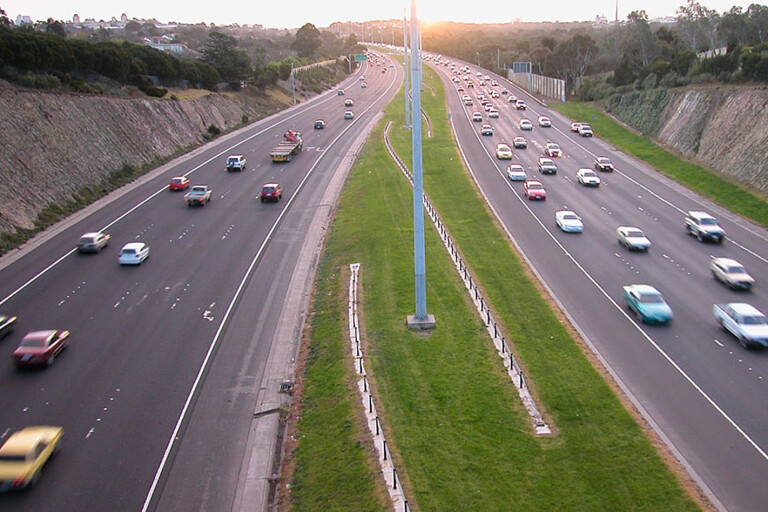
While the road toll rose in 2015, your chance of being killed on Australian roads is still miniscule.
First published in the March 2016 issue of Wheels magazine, Australia’s most experienced and most trusted car magazine since 1953.
Earlier this year there was a call by a road safety expert for 40km/h zones in Victoria to be lowered to 30km/h. He said this move would deliver substantial safety and public health benefits. Give me a break.
Bruce Corben’s pedestrian-focused proposal might have been a response to the increase in fatalities on Victorian roads last year. In 2015, 258 people died, eight more than the year before and 15 more than the 2013 total of 243, the lowest ever recorded in the state.
But Dr Corben has worked as a researcher for the Monash University Accident Research Centre, so we have to assume he was aware of the 2015 figures, which include a reduction in pedestrian deaths from 44 in 2014 to 33 last year, a considerable drop by any measure.
Dr Corben justified his 30km/h proposal by saying, “It is simply a matter of physics and acknowledging that humans can withstand only a limited amount of energy in a collision before the risk of injury or death starts to rise rapidly.”
That word ‘risk’ is a doozy. It’s wielded by road safety experts as a bludgeon against cogent counter-argument. That and the ridiculous throwaway line, “If it saves one life, it’s worth it.”
If we truly want to adhere to that statement, then outlaw cars altogether. And trucks and buses and bicycles and horses, and any ‘conveyance’ that can move a human faster than we can run. In fact, better outlaw running too because if two humans run into each other, then severe injury and possibly death will result. And remember, if it saves one life, it’s worth it.
Can we please lay that overly simplistic line to rest and instead have an educated discussion about making our roads safer?
As for that word risk, let’s look more closely.
Nationally, 1209 people died on our roads last year. That’s 5.1 deaths per 100,000 people. Based on that, there is a 0.0051 percent ‘chance’ that you will die on Australian roads in the next 12 months.
Is it not an admirable achievement to get road safety to the point where the risk of death is so small? Should we not be congratulating our legislators and road builders and car companies in getting an inherently dangerous activity undertaken by millions of Australians every day to the point where the risk really is miniscule?
The problem with acknowledging that we have achieved remarkable things in making our roads safer comes as soon as there’s a face behind the fatality. What if it was somebody I knew? My sister? A close friend? Would I still think the risk was acceptable?
I agree that every human life lost on Australian roads is a tragedy. A tragedy I personally witnessed when two drunk young men crashed heavily near a country motel in which I was staying. I was one of a dozen bystanders who got them out of the car before it caught fire, and I watched as their lives slipped away before the ambulance could get there.
I would be devastated if one of my family or close friends died on our roads. But I’m realistic enough to know that it happens. Just like planes crash, and non-smokers die from cancer. Life is not without risks, and while we should never stop working to minimise the risks, balance is required.
Road transport is there to get us from A to B. Let’s acknowledge how far we’ve come, and never stop searching for ways to make it even safer. But let’s not forget its fundamental purpose.
National road toll at three-year high
The Australian road toll rose 4.9 percent to 1209 in 2015, the highest since 2012. Only South Australia (102 deaths, down 5 percent) and Western Australia (160, down 13 percent) improved their safety record year on year. The worst-performing state or territory by percentage was the ACT, with a 50 percent increase from 10 to 15 deaths. NSW had the highest road toll with 348 (up 13 percent), followed by Victoria on 257 (up 3 percent) and Queensland on 242 (up 8 percent). Tasmania’s road toll was up one to 36, the Northern Territory up 10 to 49.

COMMENTS